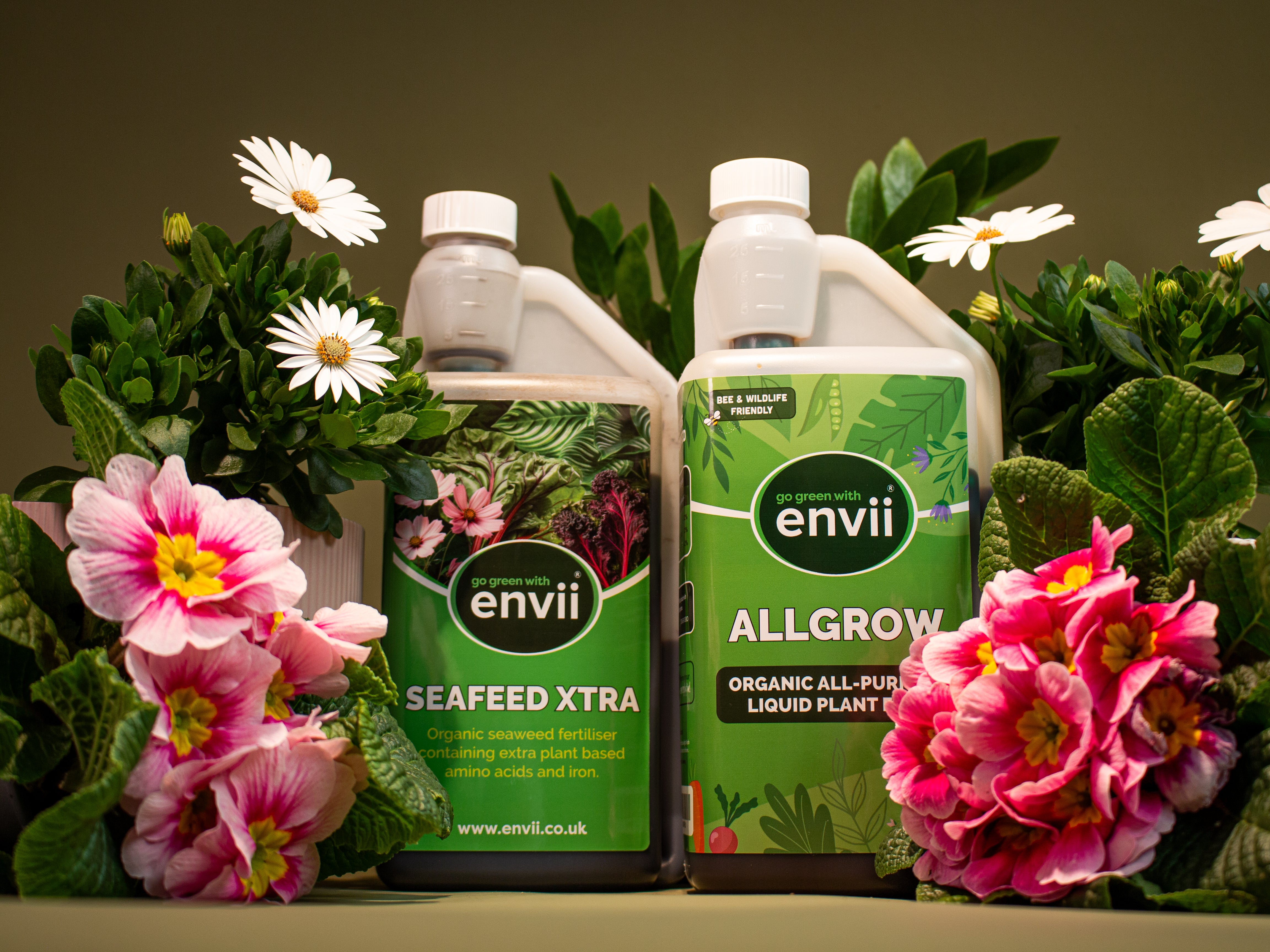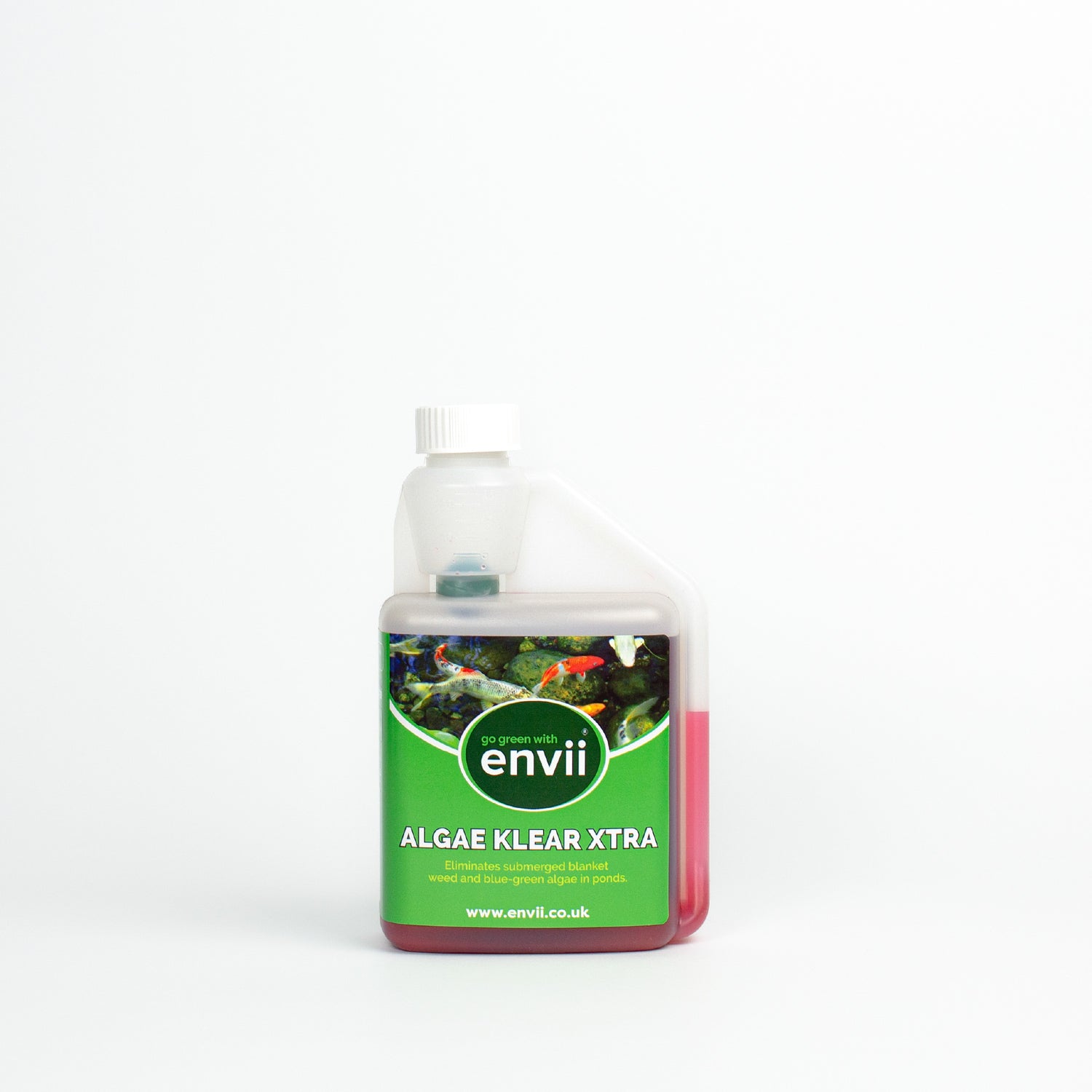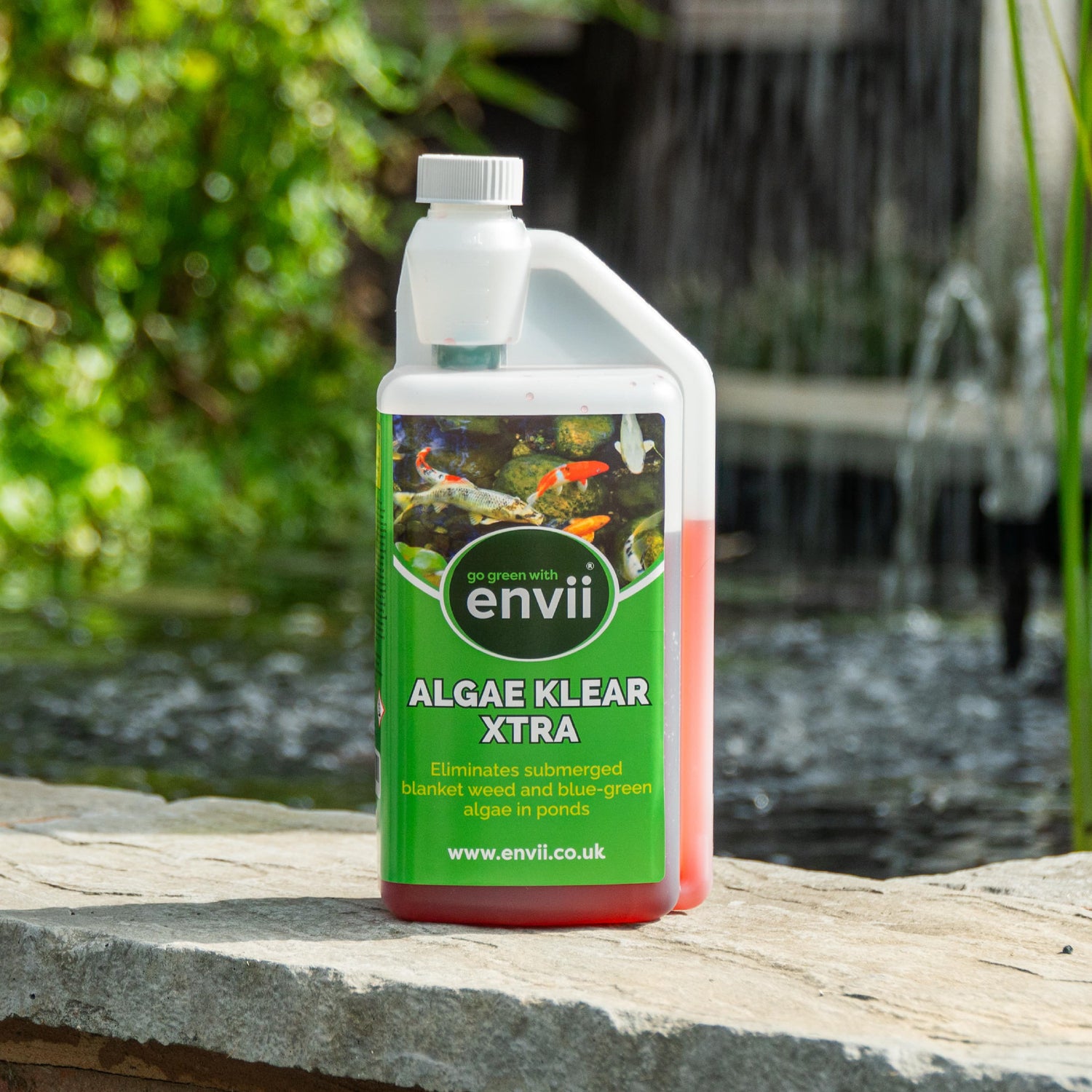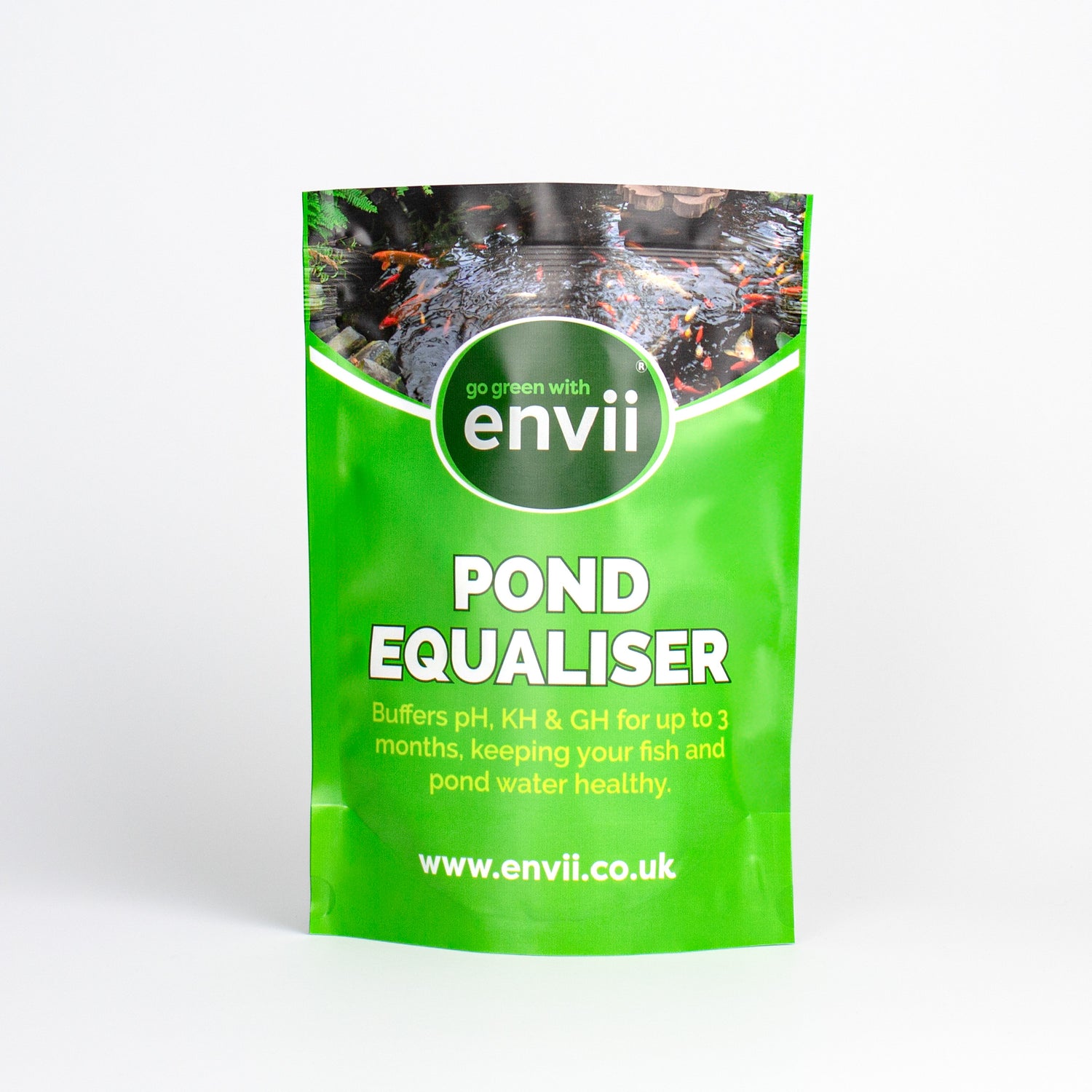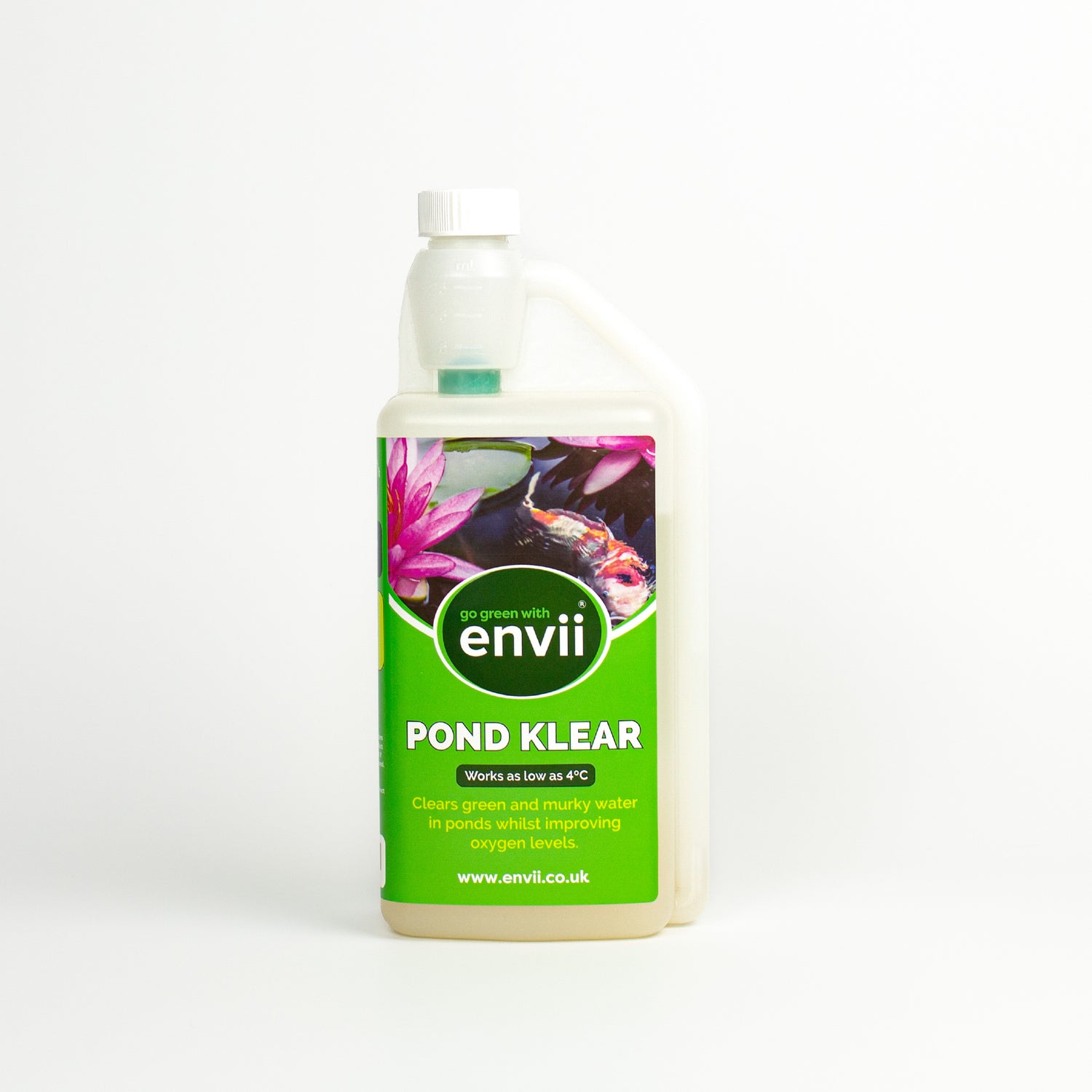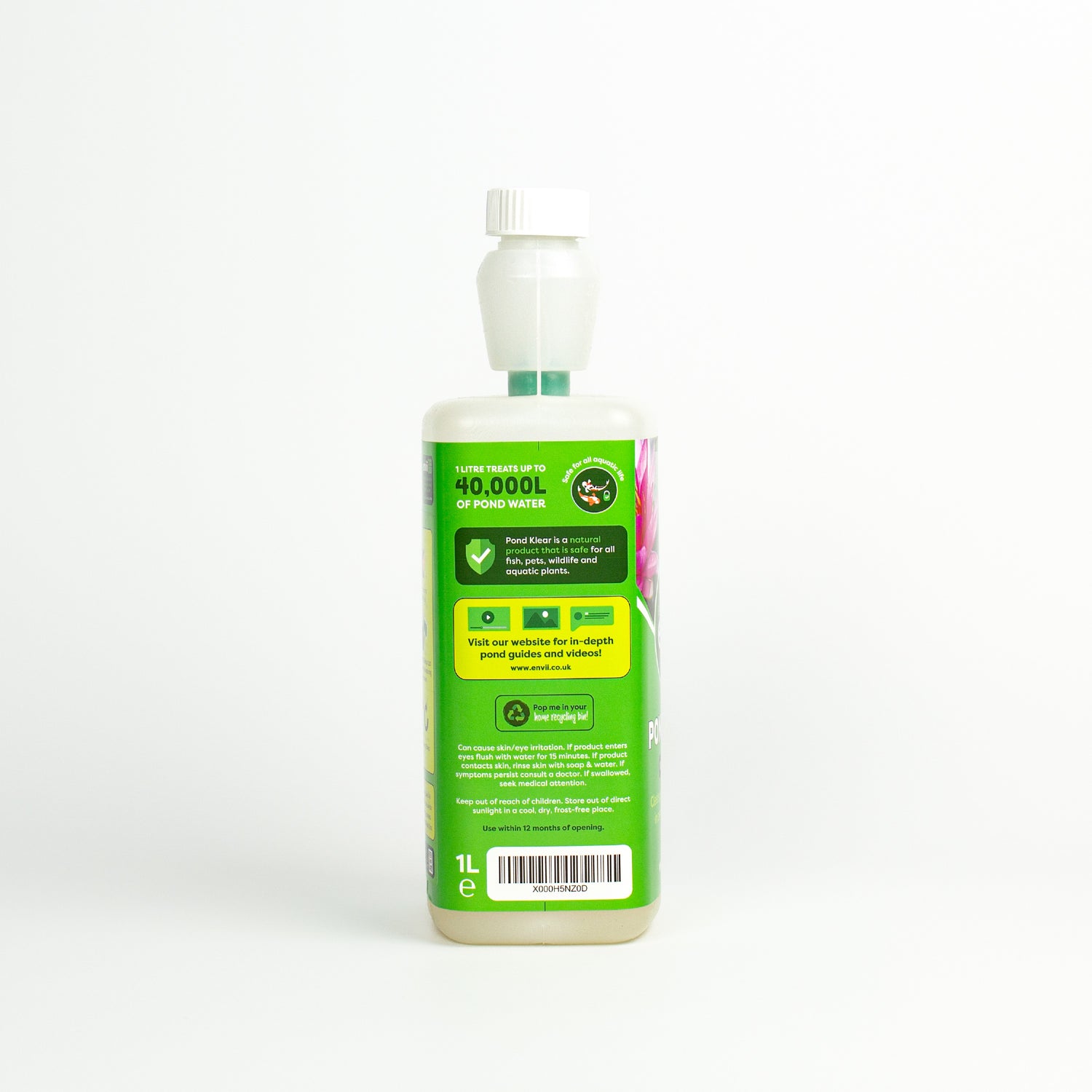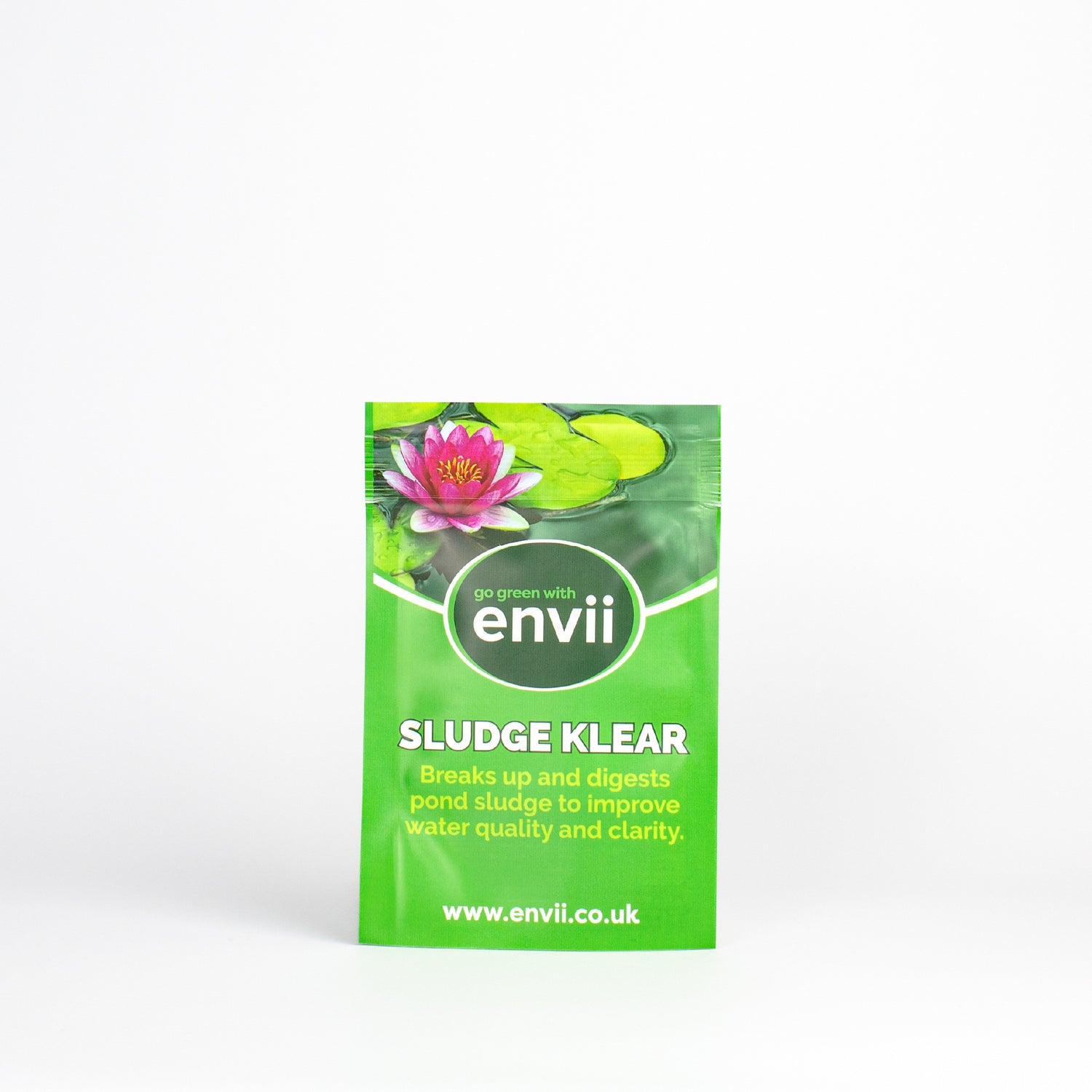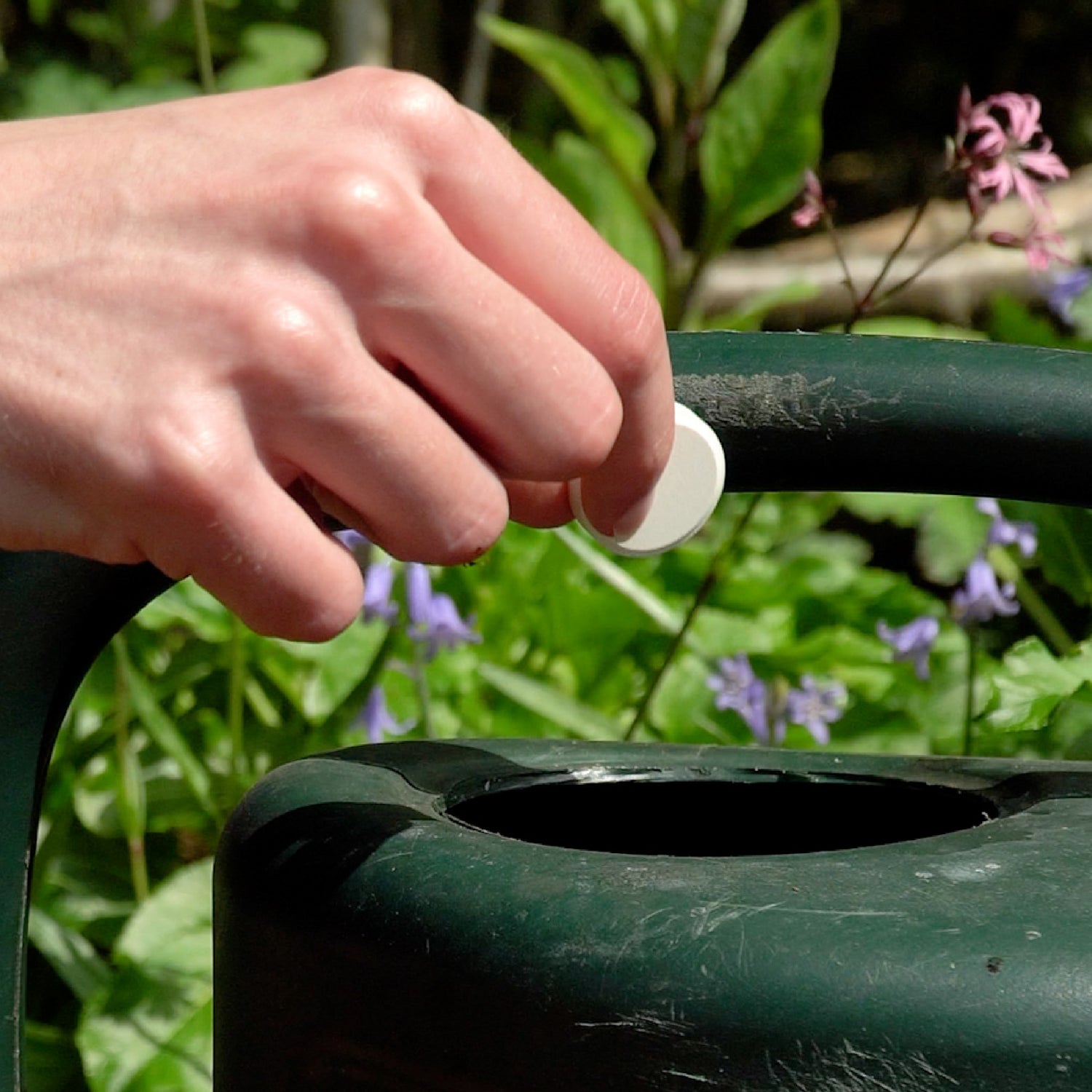What is blanket weed? And how to remove it
Is unattractive algae stopping your garden pond from looking its best this summer? One of the most common forms of algae growth that drives pond enthusiasts up the wall is blanket weed. But what is blanket weed, and how can you go about getting rid of it?
Continue reading to find out all you need to know!
What does blanket weed look like?
Pond owners often struggle to identify blanket weed because it occurs in different forms.
It may appear floating on top of the pond surface or submerged in water as clumps of thick green, hair-like strands. These dense clumps have no leaves or stems but will still attach themselves to pond walls.
Looking for more pond guides exploring algae and blanket weed? See the rest of our Pond Care Guides.
5 pond problems caused by blanket weed
Although small amounts of blanket weed aren’t usually an issue, large growths of this particular algae can cause significant problems.
Here at Envii, we know it can be difficult to keep your pond clean and blanket weed-free – but you do need to keep an eye on your pond throughout the year.
Here are five problems that can be caused by blanket weed in your pond:
1. Bad aesthetics
First and foremost, blanket weed is a complete eyesore and ruins the appearance of a pond. As blanket weeds form a stringlike ‘blanket’ across your pond’s surface, it prevents you from viewing the aquatic marine life within the water, such as your fish and other aquatic plants.
2. Chemical imbalance
Not only does it make ponds visually unappealing, but blanket weed can even contribute to fluctuating pH levels. It’s also often a sign of chemical imbalance in the water. (Yes, even if the water looks clear!)
3. Blanket weed lowers pond oxygen levels
Just like any other plant, blanket weed algae consumes large amounts of oxygen from pond water. This creates a harmful pond environment because aquatic plants and fish are forced to compete with it for essential oxygen – especially in summer when pond oxygen levels are low.
Low oxygen levels can lead to fish and plant death and increased levels of sludge due to inefficient aerobic bacteria activity.
4. It deprives pond plants of essential sunlight
Floating blanket weed deprives submerged oxygenating pond plants of sunlight by preventing light rays from penetrating the pond’s surface. Reduced sunlight levels severely impact their process of photosynthesis, further reducing pond oxygen levels and causing unhealthy pond water.
5. It’s harmful to your fish
Blanket weed growth is detrimental to your fish in multiple ways.
Firstly, fish can get tangled in submerged string algae and potentially suffocate if they’re unable to escape – the chances of this are high given that most fish can’t swim backward.
Secondly, as discussed earlier, blanket weed growth creates harmful surroundings that can cause pond life to suffer and potentially be fatal. As a responsible fish owner, you must ensure the animals in your care live in a healthy habitat that enables them to thrive!
Why am I getting blanket weed?
So, whilst you know why blanket weed is problematic for your pond, what factors actually cause algae growth?
What causes blanket weed?
Blanket weed plant growth has three main causes:
- 1. Excessive sunlight
- 2. A high pH
- 3. Excess nutrients
Whilst your pond requires adequate sunlight to stimulate aquatic plant growth, too much light provides the perfect conditions for blanket weed to form. Ponds exposed to direct sunlight that experience little to no shade are more likely to be plagued by this unsightly plant menace.
Like other forms of algae, blanket weed thrives in ponds with a higher pH level, typically anything above 8.5. The following can affect the pH of your water:
- – Fish waste
- – Plant debris
- – Fallen leaves
- – Adding tap water to your pond
- – Poor filtration
Lastly, like other algae such as duckweed, nutrients in the water caused by a build-up of organic matter act as a food source for the blanket weed.
How to remove blanket weed
Pond owners often attempt to remove string algae with a pond net or hand. However, this method alone is simply a temporary solution. Moving/pulling blanket weeds while they’re alive releases spores into the pond water, that will cause more to grow in the future.
To get rid of blanket weed from your pond successfully, you’ll need to kill it first.
Floating algae
When looking to remove floating string algae, we recommend Blanketweed Klear – a granular treatment that you can apply directly on top of the blanket weed. One of the many fantastic benefits of this product is that it works within 24 hours, meaning you can safely remove algae the day after applying it.
Submerged algae
To remove submerged algae, we suggest using Algae Klear Xtra. This unique liquid treatment effectively travels deep into the pond where the submerged string algae is anchored to the pond walls, pumps, and other plants. Algae Klear Xtra then works to break down the proteins found in the algae, completely killing it down to the root.
Whilst barley straw is often cited as a solution to algae growth, it can clog filters and pumps – so we wouldn’t advise using it!
How to prevent blanket weed growth
Although stopping algae completely is very difficult, there are a few ways you can help to reduce how much forms and how quickly it grows.
Our first tip is to simply position a pond net over your water in autumn to stop leaves and other debris from falling in.
Do your best to prevent lawn fertiliser from reaching your pond water – you can do this by only applying the minimum amount required near the side of the pond.
Install a pond filter – pond filters catch any floating debris that could break down and contribute to blanket weed growth.
We highly recommend adding water lilies to garden ponds to provide shade, limiting the amount of sunlight algae receive.
Although blanket weed is problematic, there are several ways to deal with it, including using Envii pond care products. Here at Envii, we stock some of the most effective algae control treatments that are tried and tested to do the job!
Share
